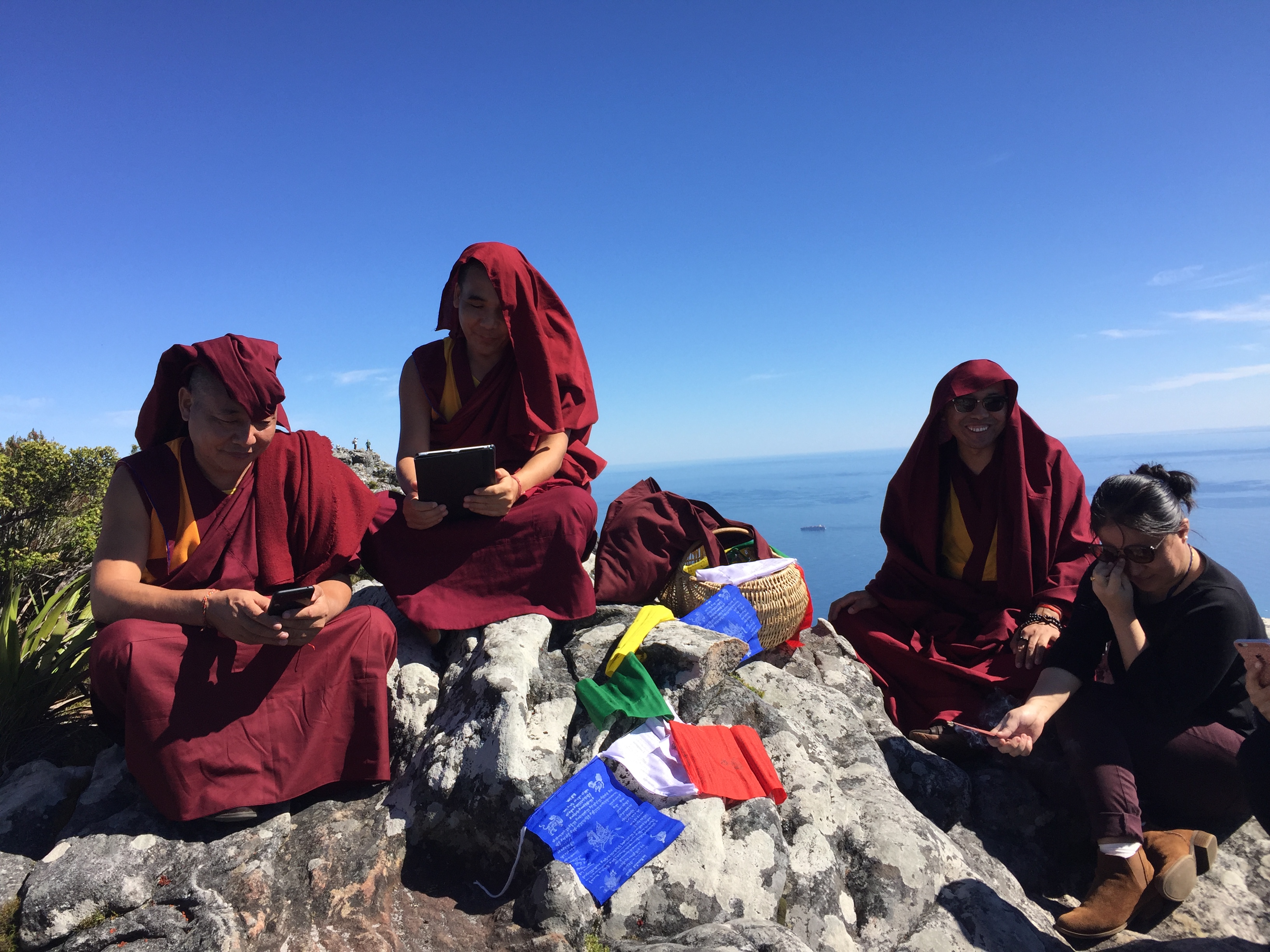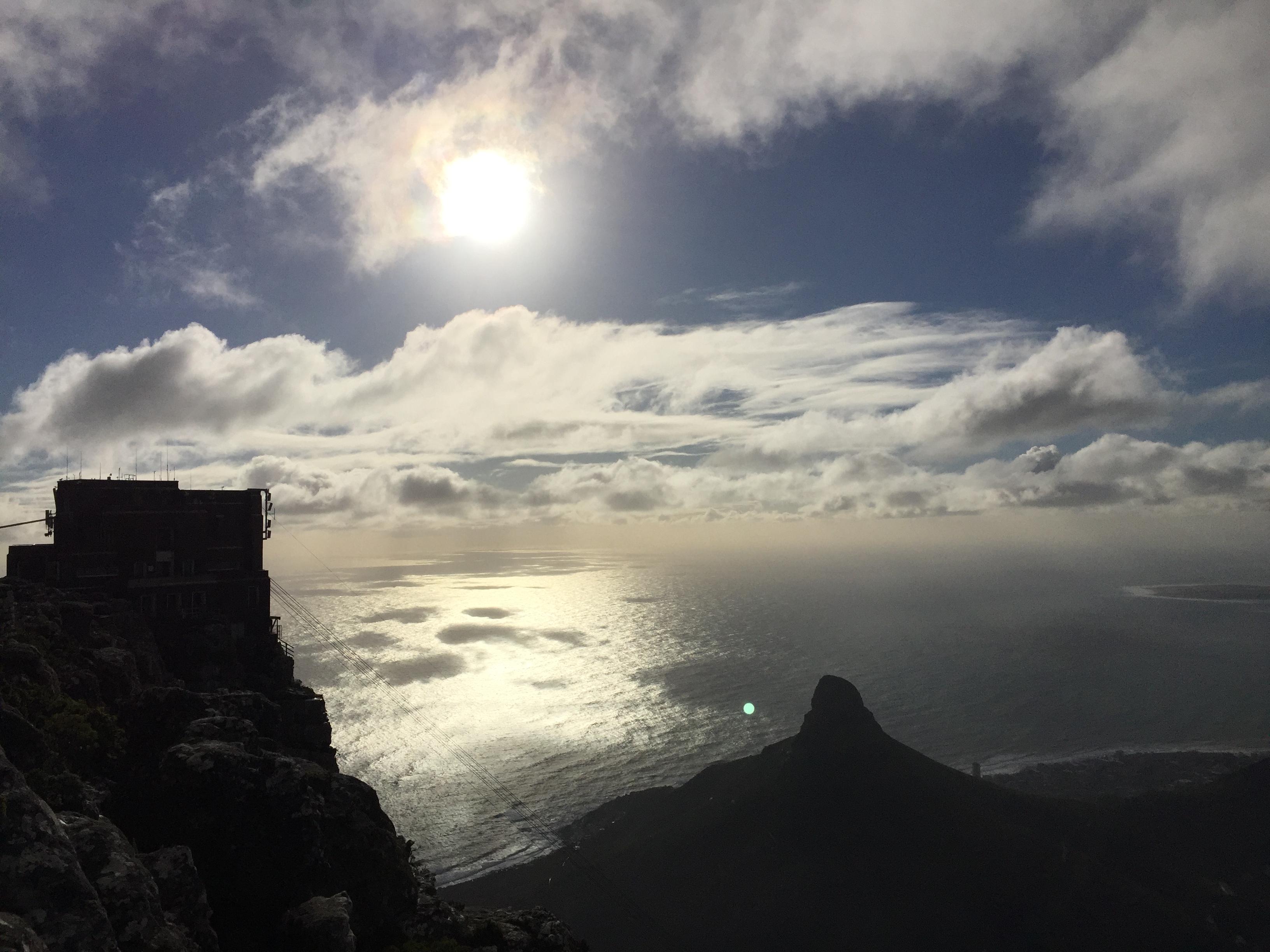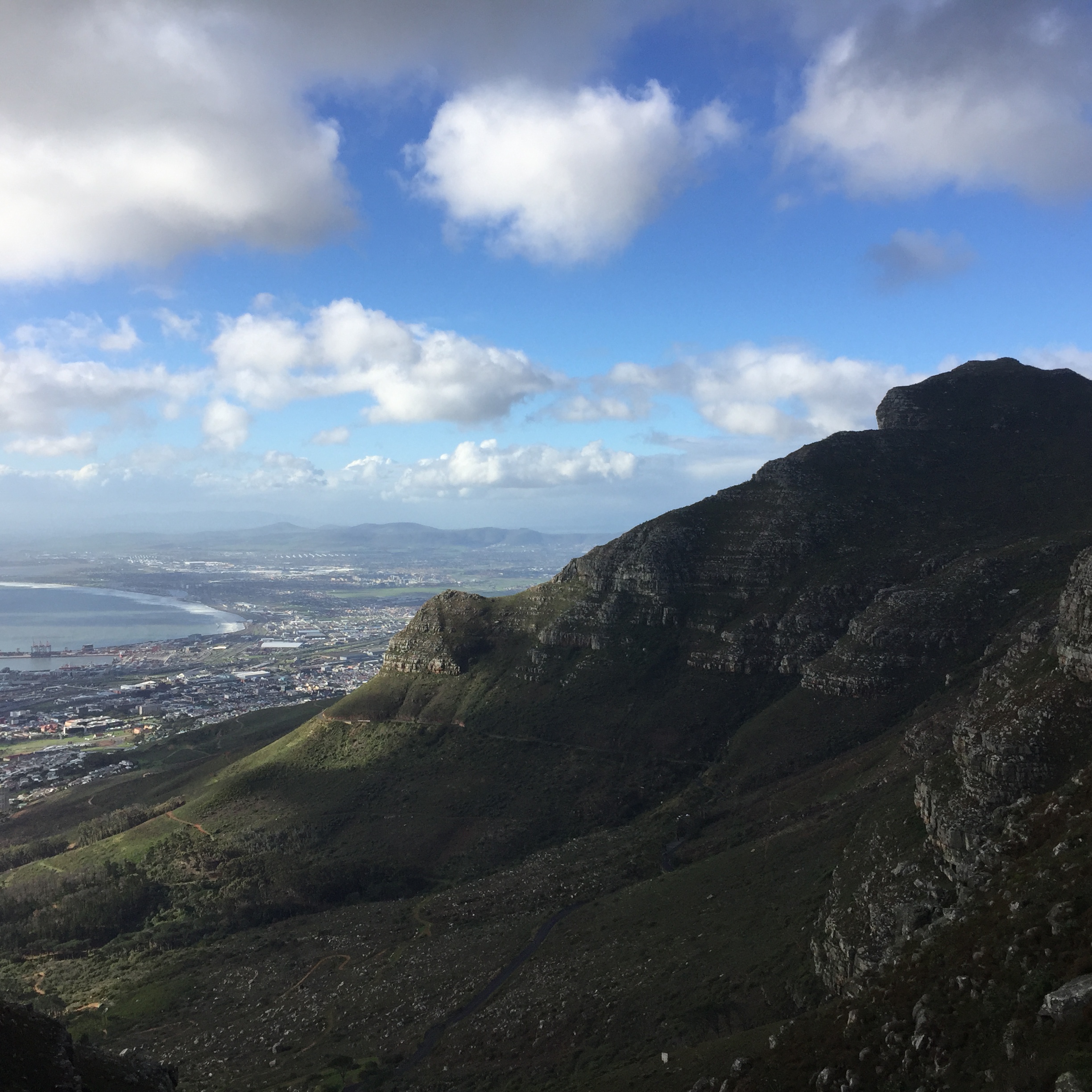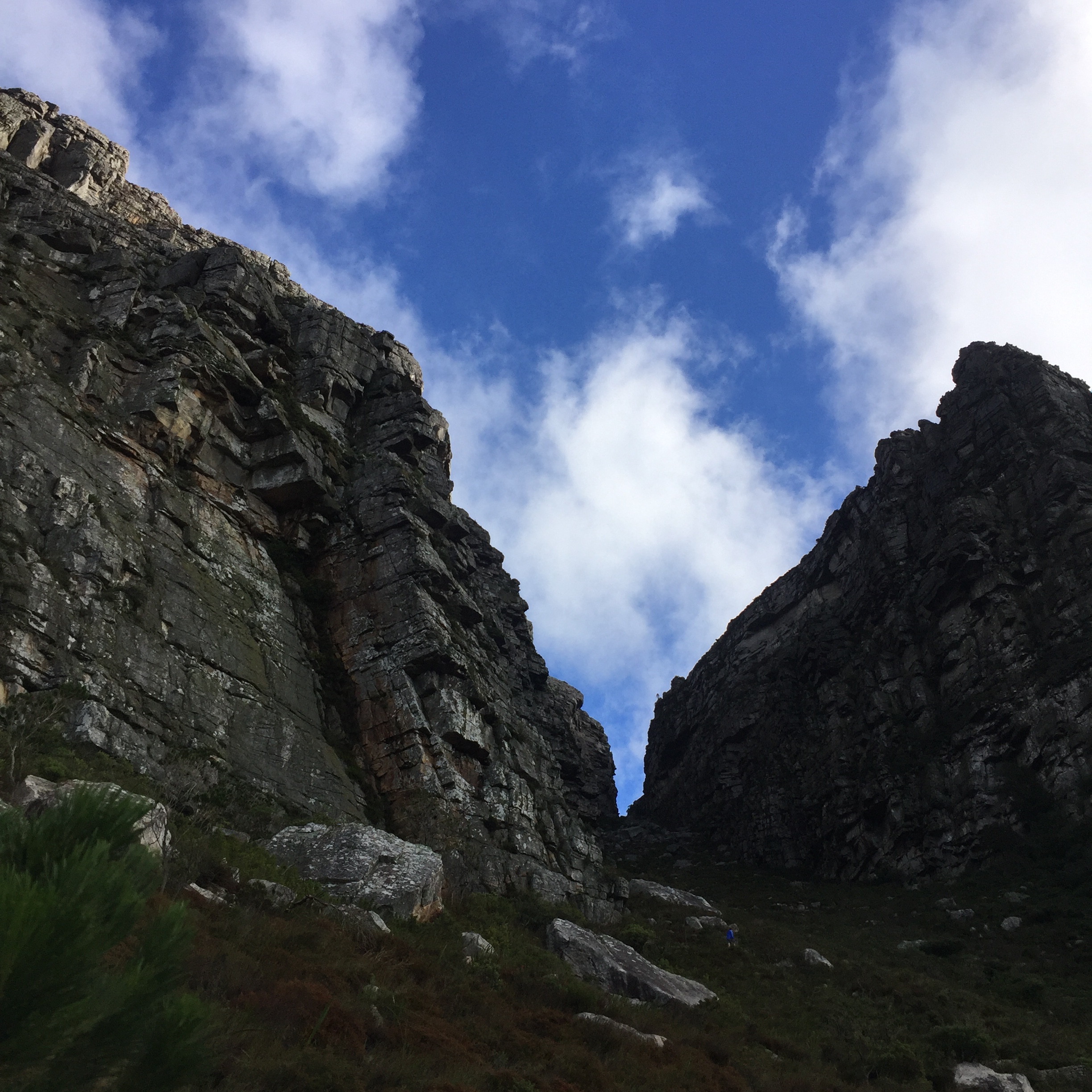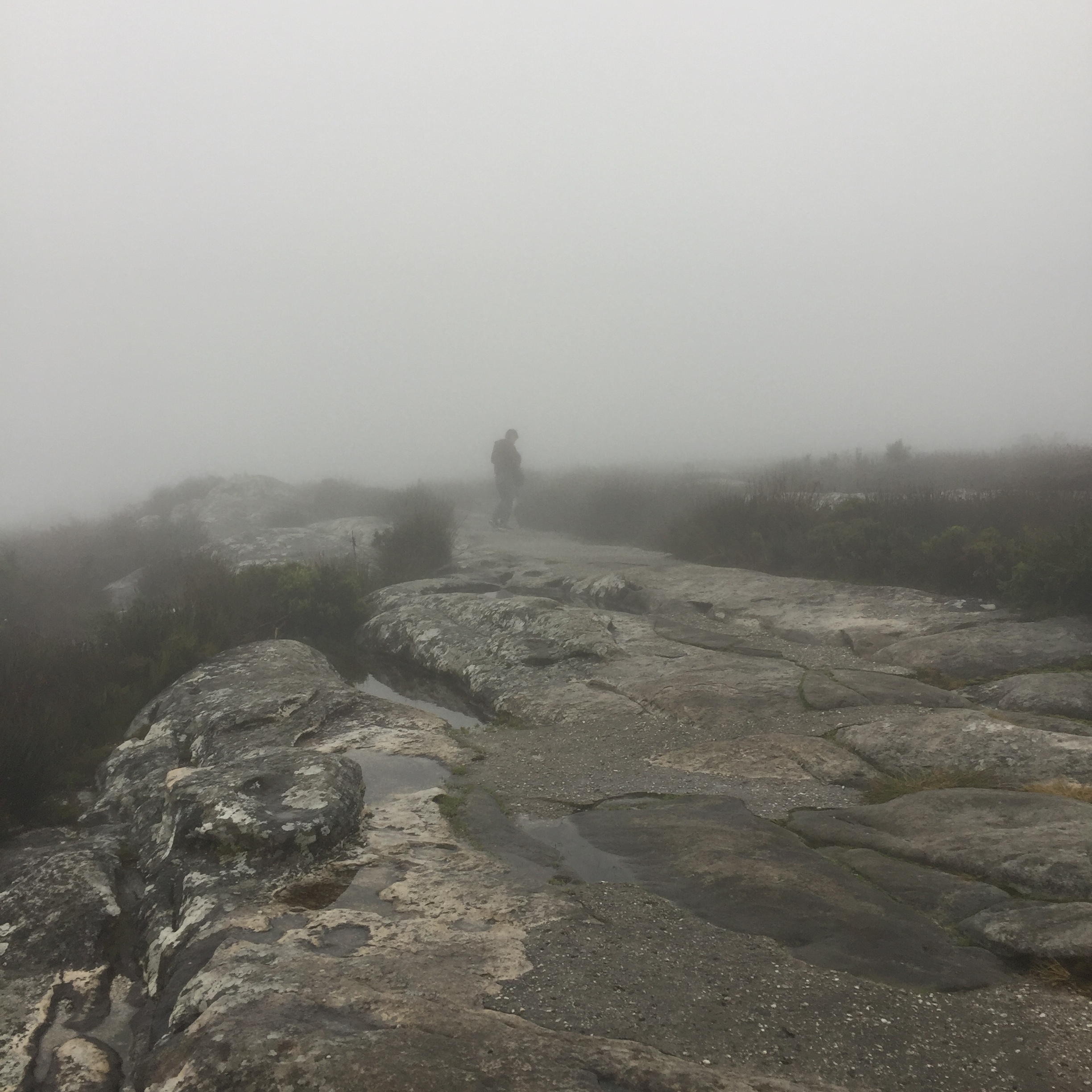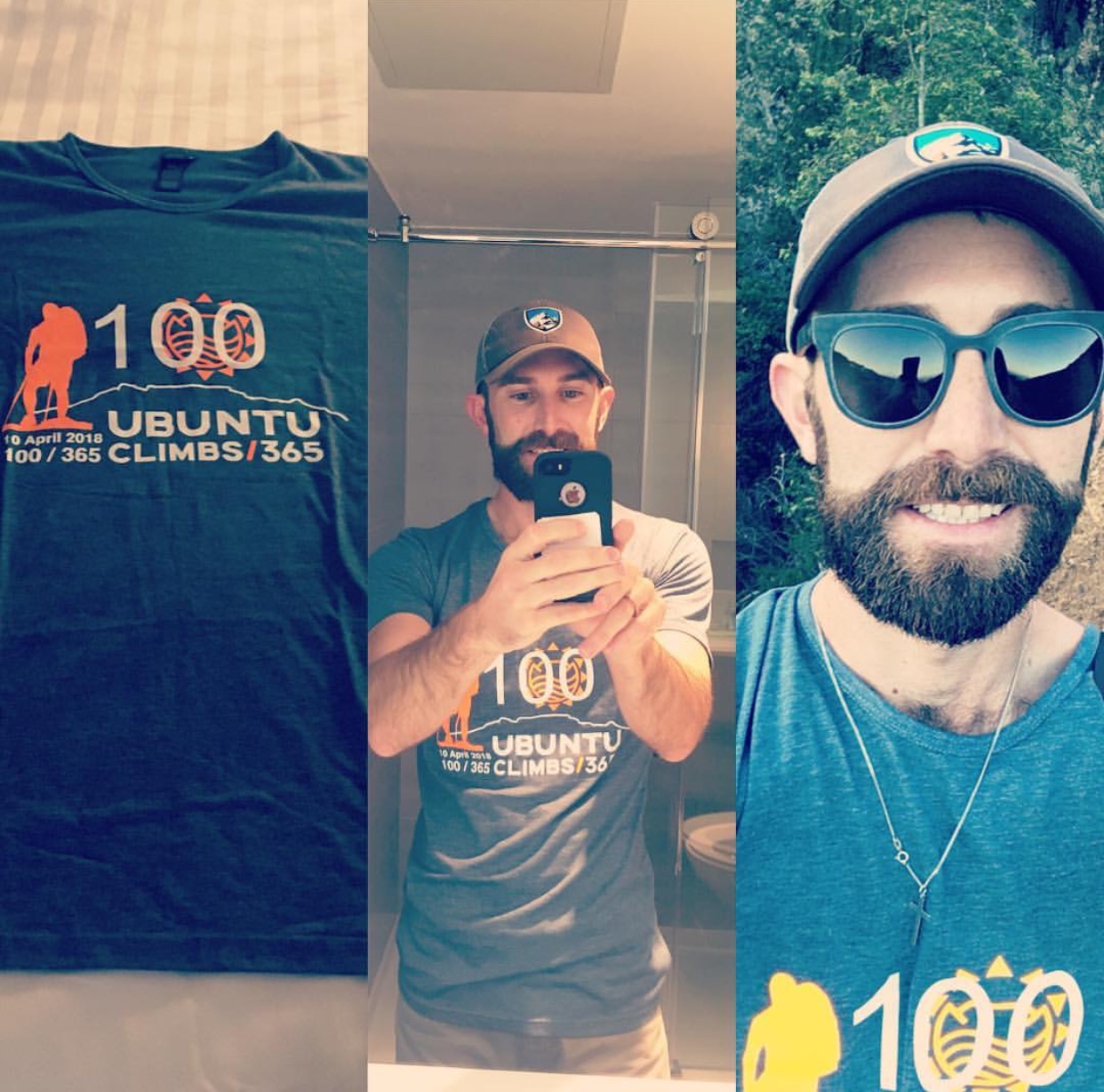What is the best way to Honor the lives lost in the COVID-19 pandemic?

“Health is a state of complete physical, mental and social well-being and not merely the absence of disease or infirmity” – World Health Organization.
This post is challenging because I know how emotionally charged COVID-19 is, primarily due to the devastation felt by so many. It’s difficult to separate noise from the truth these days – so I listen to my gut as I evaluate what people say and how their actions speak to that. What does someone stand to gain from what they’re sharing? Is there any conflict of interest?
We’re over a year into the pandemic now – which allows us to examine data to remove uncertainty around ‘what ifs.’ This is critical to take emotion out of our thinking as we make informed decisions on how to move forward.
This article serves to expand the scope of understanding and alleviate any fear built up around this virus and ‘opening up.’
Setting the Stage with Context
I’m saddened by the breakdown of “trusted” sources incapable of exploring all the possibilities, especially with anything contrary to the main narrative of COVID-19. I admit, being at the epicenter in New York as it turned into a ghost of its usual self last year, I was gravely concerned. For loved ones, and humanity at large. It immediately spilled into my behavior, cleaning every item from the grocery store before packing it away.
At that stage with fear circulating about the potential death rate of COVID-19, my biggest fear grew: what about people living in shacks where social distancing isn’t an option?
As it stands, 2.9* million souls have died. That’s 2.9 million families, friends, colleagues, partners mourning a loved one. My deepest sympathies go out to each of them – especially as funerals and gatherings have been stripped from them too.
Death is deeply personal, painful, and tragic. Never in history has our mortality been forced onto our radar simultaneously around the world. In most western culture’s death is taboo, not spoken about, never mind thought of as part of our journey.
That’s another topic entirely – but necessary to put context into our fear currently.
I applaud everyone’s genuine concern and desire to reduce deaths; however, taking a meta-view around what the lockdowns are doing has created one wish:
Can the care we exhibit to save people’s lives, be equally shown for the quality of people’s lives?
Growing up in South Africa exposed me to the reality of poverty. It’s heartbreaking. The exposure has entrenched a deeper perspective to evaluate decisions made in society more broadly and to think about its impact.
Like lockdowns.
This is where it starts getting a bit uncomfortable, maybe even heated for some. As it should! These are tough conversations to wrap our minds around, but it’s necessary to evaluate all sides, after all – isn’t that how we come to the best solutions?
I get suspicious when Facebook and YouTube start ‘deciding’ what’s suitable for us to hear and censor conversations contrary to the current narrative – like the fact that vitamin C is shown to help not just with coronavirus – but all colds and flu. Please take the time to listen to Dr. Andrew Saul talk about this censorship and details the benefit of vitamin C to save lives.
Life.
Possibly the most sacred word that encapsulates this precious gift our experience on this gorgeous planet truly is. This interview comes from someone that values it deeply – I don’t feel the same from mainstream media or governments. Shouldn’t we gladly embrace anything (no matter how simple it may appear) that saves lives?
I do wonder whether the heightened fear-based reactions to this pandemic has a deeper meaning, is it less about dying – and rather the confrontation about how we’re living? What we’re not doing with our life now?
The fear of a life unlived?
I certainly haven’t done everything I should’ve at this point in my life. I’m not immune to the human condition of failing to live up to my capabilities. Death is a reminder about why it’s necessary to work through blockages and live according to my beliefs and values. Knowing I will die – is why my focus is measuring how many people get an opportunity to use their life to express their talents?
I’ve always had a fatalistic view of life from as young as I can remember, but one traumatic event cemented this way of thinking.
At 23, armed robbers stormed the store I was working in and robbed us. I couldn’t help notice his hand holding the gun shaking.
The first accidental shot fires off – ricocheting off the floor into my colleague’s leg. Moments later, the second shot fires off – bouncing off the floor and passing through my trouser material, narrowly missing my leg.
Next, he raised the gun – I didn’t wait to see if it was aimed at my head. I lifted my arms and bowed my head in submission – waiting for the third gunshot, wondering where it could hit me and survive.
It never came.
I could just as easily have been killed that day.
That day showed me how little control I have over what happens to me, and I started saying ‘yes’ to life more than I said ‘no.’ That created 18 years’ worth of ‘bonus’ experiences: the opportunity to experience living in the U.K. and USA, live in major cities like London, Cape Town, San Francisco, and New York; countless friends made, love shared & found with my wife, beauty felt. Almost gone in one moment.
Building an Awareness around our Outrage
Since then, my journey has incrementally developed my understanding of the lack of equal opportunities in South Africa, and frankly, throughout the world. This brings me to my wish: the quality of people’s lives.
Why does this matter?
Well – I see rage and judgment expressed about masks but is that rage expressed about people living in poverty?
We need to be honest with ourselves – In February, at the peak of the pandemic, the daily deaths worldwide were 17,704 – compare that to 10,000 children dying from starvation every day.
25,000 if you include adults.
Please read that again.
UNICEF estimates an additional 130 million people threatened by starvation through lockdowns, with an additional 150 million people pushed into extreme poverty.
I understand why the outrage is unequal – if I don’t experience it, why would it be a priority?
The reality is we have as much inequality in outrage – as we do in wealth.
I have no issue with outrage – as long as it’s not just focused on what affects your privileges. It’s easy to be outraged when we have the bandwidth to contemplate it; most people impacted by the decisions being made have no bandwidth – they’re just trying to survive and feed their families.
We are not responsible for a human being’s suffering – but we can be part of the solution to change their life once today.
We mustn’t get bogged down in comparing life’s challenges – but being aware is essential to provide context to our outrage and think about what we choose to chastise others over publicly. Is [insert outrage topic] really the standards we should hold ourselves accountable to? I understand how complicated it is to teach children on Zoom – I’ve seen it. Yet there are families without books, never mind laptops, for their children to learn.
There are 1.6 billion children out of school because of worldwide lockdowns. I imagine the quality for the majority of children learning online dropped dramatically too. Having spoken to my friend that teaches – the quantity of work just to get by is staggering.
I wonder how many ‘thank yous’ they’ve received? If you’re reading this take this as my highest gratitude for your service.
I also have the utmost respect for parents juggling work, homeschooling, stress, emotions, partners, and more. I can understand, too, if parents’ outrage is fueled by having no bandwidth to process the current circumstances. Life is unbelievably complex at the moment.
It’s an unbelievably tough situation we find ourselves in; everyone deserves our respect as we collectively mourn the loss of loved ones.
Let’s start thinking about how we honor their memories and the sacrifice these souls have made going forward. It’s time for compassion.
How do we honor those that have died from COVID-19?
I heard a beautiful purpose-led discussion with Dr. Zach Bush on the Rich Roll podcast initially aired a year ago, on March 26th, 2020. His heartfelt hope-filled epilogue directed at nurses, doctors, and practitioners on the front lines succinctly encapsulates the spirit of what I’d love us to embody:
“Life is something much greater than human. Life is a gift. It’s easy to get caught up in the moment of the loss, and get better at acknowledging the gain of a life well-lived. This was a person that loved, it’s a person that has created in their lifetime. ….. a state of being that is free of fear, let them be part of the message that this virus is trying to teach us. Let them know that it is not in vain, that we will learn from this, that we have taken too many steps away from our purpose, our real nature, our real potential. Let them know that they are part of the rise of consciousness on the planet and not the collapse of biology.
Yes, this disease is killing people. Yes, we want to protect as many people as possible – but there are alternatives that aren’t born from fear.
Let’s stop trying to box everything as right or wrong. We can simultaneously hold two opposing views: this virus creates suffering through death, and it causes suffering through lockdowns. There are over 40 million new jobless claims as thousands of small businesses close and people’s ability to earn a living is shattered.
The speed at which this virus spread across the world has shown us how connected we truly are – we can use that to spread positivity just as quickly.
Let’s break down lockdowns, asymptomatic spreading, and our own immune system as a start.
LOCKDOWNS
If lockdowns worked – the truth is we wouldn’t be in this position today. A detailed open letter to the FBI has been put together from ten prominent figures regarding lockdowns’ validity (and criminality).
We are writing this letter to request that a federal investigation be commenced and/or expedited regarding the scientific debate on major policy decisions during the COVID-19 crisis. In the course of our work, we have identified issues of a potentially criminal nature and believe this investigation necessary to ensure the interests of the public have been properly represented by those promoting certain pandemic policies.
This document is compiled by Michael Senger (lawyer), Retired Brig. Gen. Robert Spalding (he has extensive knowledge in trading with China) Sanjeev Sabhlok, Ph.D. (from India), and Maajid Nawaz (political activist & the founding chairman of Quilliam, a counter-extremism think tank that seeks to challenge the narratives of Islamist extremists) to name a few.
The full article (a 69-minute read) is available here for you to see the detail they provide to back up each point in their investigation. Namely:
- Evidence about the origin and historical precedent of lockdowns;
- The scientific literature and debate behind them;
- The provenance and quality of predominant COVID-19 testing protocols and models;
- The motivations, biases, and qualifications of confident prominent lockdown supporters; and
- The source of public-facing communications surrounding these policies.
Re lockdowns, they say:
“Not only are lockdowns historically unprecedented in response to any previous epidemic or pandemic in American history, but they are not so much as mentioned in recent guidance offered by the U.S. Centers for Disease Control and Prevention (“CDC”). Judge Stickman continues:
“Indeed, even for a ‘Very High Severity’ pandemic (defined as one comparable to the Spanish Flu), the guidelines provide only that ‘CDC recommends voluntary home isolation of ill persons,’ and ‘CDC might recommend voluntary home quarantine of exposed household members in areas where novel influenza circulates.’ This is a far, far cry from a statewide lockdown”
This begs the question as to why all governments have been so quick to implement this?
ASYMPTOMATIC SPREADING
One of my biggest worries (and I imagine all of ours) was this notion that we could feel fine, have the virus, and spread it to loved ones and possibly those that are elderly or immune-compromised. Not only has this never been the case with any virus in history, but ALL the data ‘supporting’ this comes from China. No other country has been able to replicate this scientific analysis.
DATA ON CONSEQUENCES OF LOCKDOWNS
“Data from the website yelp.com has shown that over 60% of business closures during the COVID-19 crisis are now permanent, amounting to more than 97,000 businesses lost in the U.S. Nearly half of black-owned small businesses have been wiped out. Unemployment in the United States reached as high as 14.7% and highways jammed with thousands of vehicles awaiting their turn at food banks. Nearly 5% of the United Kingdom population went hungry during the first three weeks of lockdown.”
If governments are so concerned about helping minorities – enforcing prolonged lockdowns is clearly counterintuitive.
INCREASE IN SUICIDE
“In Japan, government statistics show suicide claimed more lives in October than Covid-19 has over the entire year to date.
And, despite being at virtually no risk from COVID-19, as a result of lockdowns, children have suffered the most of all. Nearly one in four children living under COVID-19 lockdowns, social restrictions, and school closures are dealing with feelings of anxiety, with many at risk of lasting psychological distress. In recent surveys of children and parents in the U.S., Germany, Finland, Spain, and the U.K. by Save the Children, up to 65% of the children struggled with feelings of isolation.
Children’s health and intellectual development have regressed.”
We are going to have to work very hard with our youth to manage their mental well-being.
Their conclusion finishes with a chilling understanding about why we all go along with it:
“For the general public, the idea that anyone might accept some outside incentive to support such devastating policies while knowing them to be ineffective — needlessly bankrupting millions of families and depriving millions of children of education and food — is, quite simply, too dark. Thus, the public supports lockdowns because the alternative — that they might have been implemented without good cause — is a possibility too evil for most to contemplate. But those who know history know that others with superficially excellent credentials have done even worse for even less.”
This is why it’s incumbent of us to speak up and share these facts with people still scared by a narrative that stands behind ‘back the science’ – but has failed to provide a report what that science is as this.
IMMUNE SYSTEM
I am not a medical doctor. In no way am I giving medical advice – I’m a concerned citizen who researches this information to share. It’s for you to ask your doctor and make your own decision.
I posted the link to the video on Vitamin C and how anything on Facebook or YouTube related to natural remedies was hidden, suppressed, censored. Why?
Why would something cheap, easy to do, and SAVES LIVES be suppressed like this??
Sadly, the main driver looks like money. What has a more significant margin – a vaccine or a box of vitamin C?
$40 for a new vaccine that hasn’t been tested against all strains, OR
$20 for 250 doses of immune support? (a daily cost of 8c)
One is man-made – the other produced by all animals naturally as a defense mechanism. Even though we lived in the epicenter in New York for a couple months, I was never fearful. I believe in the power of our immune system – after all, ours is the product of thousands of years of evolution, tweaking, adapting, and allowing the human race to still be around.
So why isn’t there a focus on the impact lifestyle has on our immune system?
I only know about this because I benefitted from my formative years being a wasteland of infections: whooping cough, mumps (which took the last of my hearing in my left ear), tonsilitis, ear infections by the dozen, chickenpox – all cast indescribable trauma on my parents spending endless days and nights worrying about me in hospital. In a heartbreaking moment enduring another whooping cough episode, I declared, ‘I don’t want to be Andrew anymore.’ I can’t imagine what that did to my parents.
Little did I know this was my immune systems Navy SEAL training to become an elite force against infections. I haven’t had a flu shot since leaving school – and might have had flu once?
Being Careful Doesn’t Make Me “Anti”
The vaccine story becomes even trickier because there are loads of factors to evaluate the risk factor. Age bracket; Health, pre-existing conditions, diet. the current number of deaths in my age group (the US only) is 0.04% – that’s without looking at any other health factors. If you have pre-existing conditions, are worried for your health or life, or in an age bracket where you feel concerned – I genuinely hope you’re able to be vaccinated soonest and feel comforted with added protection.
Again – I’m perplexed how much emphasis has been given to vaccines as THE support for our immune systems.
I understand why masks and vaccines have become people’s savior. Our immune system is complex, and also our responsibility to manage.
Society is only as strong as our weakest link. Imagine how different this past year would’ve been if we had a healthier population? There are many reasons for disease, and I hope a spotlight is shed on the importance of food being a source of medicine for our bodies. I’ve been saddened by the lack of communication in media and government about what people can do to strengthen their immune systems.
There’s a wonderful article by Harvard Medical School with 9 simple ways to build a healthy lifestyle that supports a robust immune system. There’s no silver bullet, and it’s up to each of us to decide what a healthy lifestyle looks like and means to us.
Worst of all: fear switches off the immune system.
It’s a fascinating evolutionary development. Think of your immune system as an army; when an army is at war, they need additional food and resources to defeat an enemy. That means whatever energy we have is dedicated to the effort of defeating them. Now imagine suffering from an infection and coming across a tiger. The body recognizes the tiger is a more immediate lethal threat, thus diverting all energy resources to the flight receptors (your legs, lungs, and heart) to speedily escape!
It can’t do both.
Engaging in endless hours of fear-driven media, YouTube or T.V, listening to how many new cases and deaths is the equivalent of coming across a tiger. We’re literally cutting off our own supply chain to the army designed to defeat the enemy. That’s like living in fear of being burgled and constantly leaving your front door wide open.
What we feed our minds, is as important as what we feed our bodies.
How do we build a more engaged, conscious community?
I hope understanding the complexity of health is the start.
Becoming armed with as many facts to remove emotional bias eliminates fear-based irrational responses. Commit to listening to all sides of a discussion with an open mind – like people at The Great Barrington Declaration, which say:
As infectious disease epidemiologists and public health scientists, we have grave concerns about the damaging physical and mental health impacts of the prevailing COVID-19 policies and recommend an approach we call Focused Protection.
Coming from both the left and right and around the world, we have devoted our careers to protecting people. Current lockdown policies are producing devastating effects on short and long-term public health. The results (to name a few) include lower childhood vaccination rates, worsening cardiovascular disease outcomes, fewer cancer screenings, and deteriorating mental health – leading to more significant excess mortality in years to come. The working class and younger members of society are carrying the heaviest burden. Keeping students out of school is a grave injustice.
My dad sent me a well-constructed video by actuaries articulating all these points. This was shared by a Biz news – one of the few media outlets with this assertion: their community’s intelligence should never be underestimated and they never overestimate their knowledge on a topic.
I love that. This is essentially what this article is all about.
Right on cue – YouTube has taken down the video citing “….removed for violating Community Guidelines” – utter RUBBISH. Thankfully, PANDA has a backup so you can visit their website (Pandemic – Data & Analytics) and see what they’re doing for yourself and peek behind the curtain of the digital dystopia YouTube are busy creating through censorship.
PANDA’s response to being de-platformed is
“After half a million views, an outpouring of emotional positive responses, no complaints about veracity & 100 likes for every dislike, BizNews presentation, “The Ugly Truth about the COVID-19 Lockdowns” was de-platformed by YouTube.”
These are reputable sources providing facts and data to support their position. It’s worth taking the time to investigate them all.
The most impactful word I heard Nick Hudson use in his presentation succinctly captures the fear being generated:
Homosapienophobia – everyone is dangerous until proven healthy.
I am glad to confirm that asymptomatic (otherwise known as healthy people) cannot spread the virus.
I am not dismissing the disease or the deaths – simply that the methods being used are not based on reality and are doing severe damage. We can no longer ignore the other side of this coin.
How do we move forward?
With compassion. Towards everyone.
Share this information with as many people as possible to reduce the amount of unnecessary fear being circulated. There’s a reason for concern; yes. Concern is healthy – fear is excessive and detrimental.
In brief:
- Lift all Covid-19 specific restrictions and mandates
- Offer protection to vulnerable individuals
- End mass testing, contact tracing, quarantining, and lockdowns
- Ensure public transparency of all efficacy and safety data of vaccines
- Reassert open scientific debate and freedom of speech, opinion, and choice.
This will ease the pressure, but by no means relieve it.
Next, we need to ramp up how we think about building our communities again, incorporating the quality of people’s lives as a priority.
Evaluate our Health
We need to share as many podcasts and information about our micro gut biome (Dr. Zach Bush talks about it but check out his website too!) Spend time learning about how food can fuel and nourish your body to naturally assist your immunity. Watch that Vitamin C discussion!
Get Fit & Build Community at the same time.
Let’s honor the lives lost in the best possible way – and work together to build ubuntu into every act we take moving forward. I’ve created the 50in50 challenge to stay fit, challenge my mind, and build community by raising funds for education and housing – I’m nine weeks in. It has two aspects:
- Recreate each American State’s outline using my sports tracker,
- Climb the equivalent of every state’s elevation by the end – roughly 365 Empire State buildings, an average of nearly 2km of vertical climbing (1,2 miles) every Saturday morning.
This isn’t about how much – it’s about participating and getting support in the process. If you think the numbers above are out of reach – note that I started with 103 flights a year ago (44 minutes) creating a 12-week plan to incrementally built up my fitness, taking a further eight weeks to reach 660 flights (my current capabilities). We’re talking about building a healthy sustainable lifestyle.
It’s not about how much we do – it’s about committing to building the practice. Pledge to join whenever your state comes up (see list for each week below) while using it as a way to invite people to make investments in building communities again. No amount is too small and there’s strength in numbers, after all – for someone with nothing, our something – means everything.
All while creating a healthy lifestyle that contributes to a robust immune system.
I’m committed to demonstrating there are no quick fixes, but we can develop sustainable healthy habitats filled with purpose aligned to our true values. We can create a world where we grow and use resources to support those without hope and opportunity with a hand up. Who’s with me?
Please share with someone you know is feeling overwhelmed by everything, and if that’s you – reach out to me and let’s chat.
After all, my mother taught me well:
A problem shared is a problem halved.
| VIRGINIA | 23 April 2021 |
| NEW YORK | 30 April 2021 |
| NORTH CAROLINA | 07 May 2021 |
| RHODE ISLAND | 14 May 2021 |
| VERMONT | 21 May 2021 |
| KENTUCKY | 28 May 2021 |
| TENNESSEE | 04 June 2021 |
| OHIO | 11 June 2021 |
| LOUISIANA | 18 June 2021 |
| INDIANA | 25 June 2021 |
| MISSISSIPPI | 02 July 2021 |
| ILLINOIS | 09 July 2021 |
| ALABAMA | 16 July 2021 |
| MAINE | 23 July 2021 |
| MISSOURI | 30 July 2021 |
| ARKANSAS | 06 August 2021 |
| MICHIGAN | 13 August 2021 |
| FLORIDA | 20 August 2021 |
| TEXAS | 27 August 2021 |
| IOWA | 03 September 2021 |
| WISCONSIN | 10 September 2021 |
| CALIFORNIA | 17 September 2021 |
| MINNESOTA | 24 September 2021 |
| OREGON | 01 October 2021 |
| KANSAS | 08 October 2021 |
| WEST VIRGINIA | 15 October 2021 |
| NEVADA | 22 October 2021 |
| NEBRASKA | 29 October 2021 |
| COLORADO | 05 November 2021 |
| NORTH DAKOTA | 12 November 2021 |
| SOUTH DAKOTA | 19 November 2021 |
| MONTANA | 26 November 2021 |
| WASHINGTON | 03 December 2021 |
| IDAHO | 10 December 2021 |
| WYOMING | 17 December 2021 |
| UTAH | 24 December 2021 |
| OKLAHOMA | 31 December 2021 |
| NEW MEXICO | 07 January 2022 |
| ARIZONA | 14 January 2022 |
| ALASKA | 21 January 2022 |
| HAWAII | 28 January 2022 |
| WASHINGTON | 04 February 2022 |
| SOUTH AFRICA | 11 February 2022 |

















































































 One of the gifts bestowed upon me this year comes in the form of perspective.
One of the gifts bestowed upon me this year comes in the form of perspective.






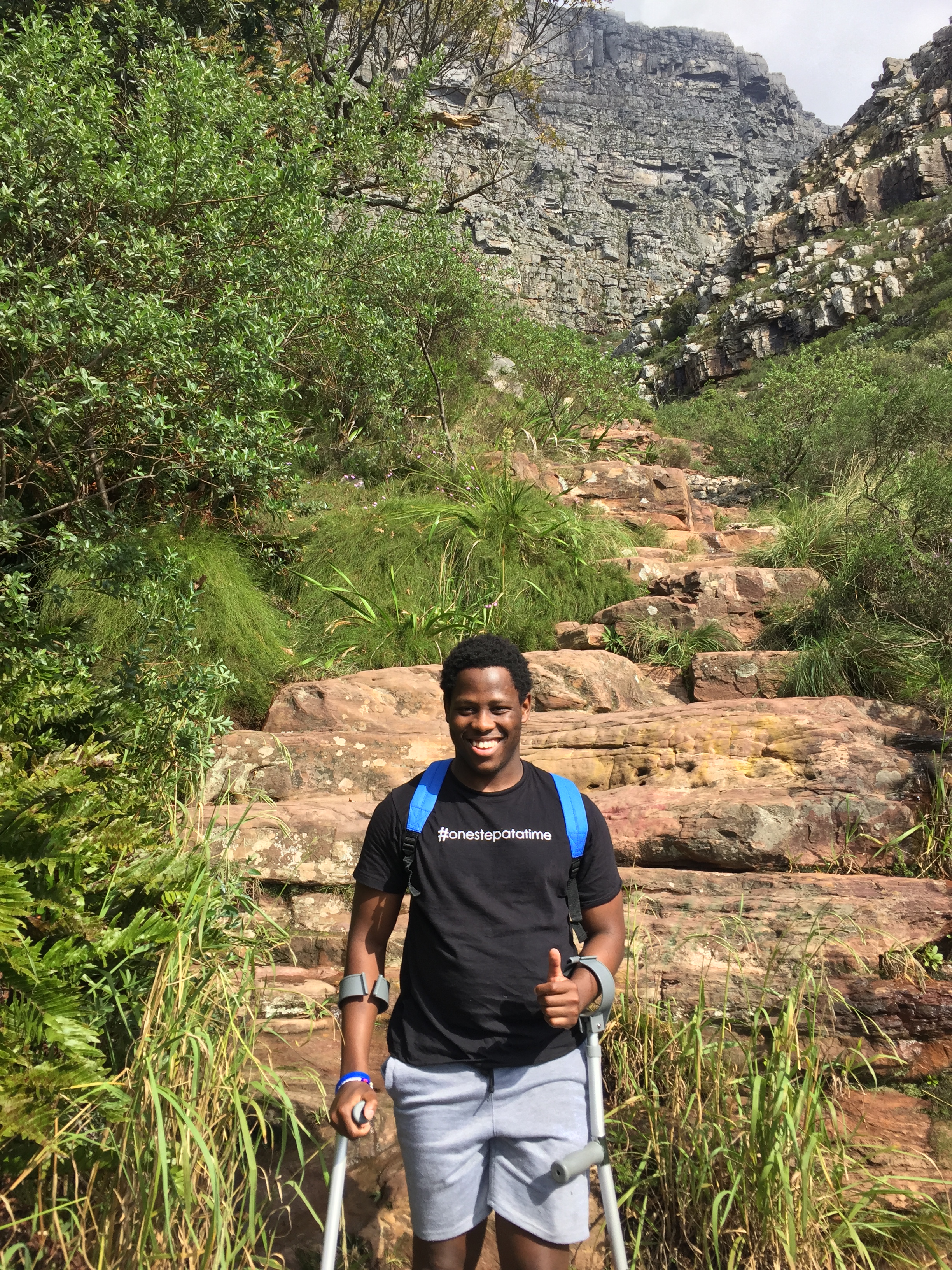


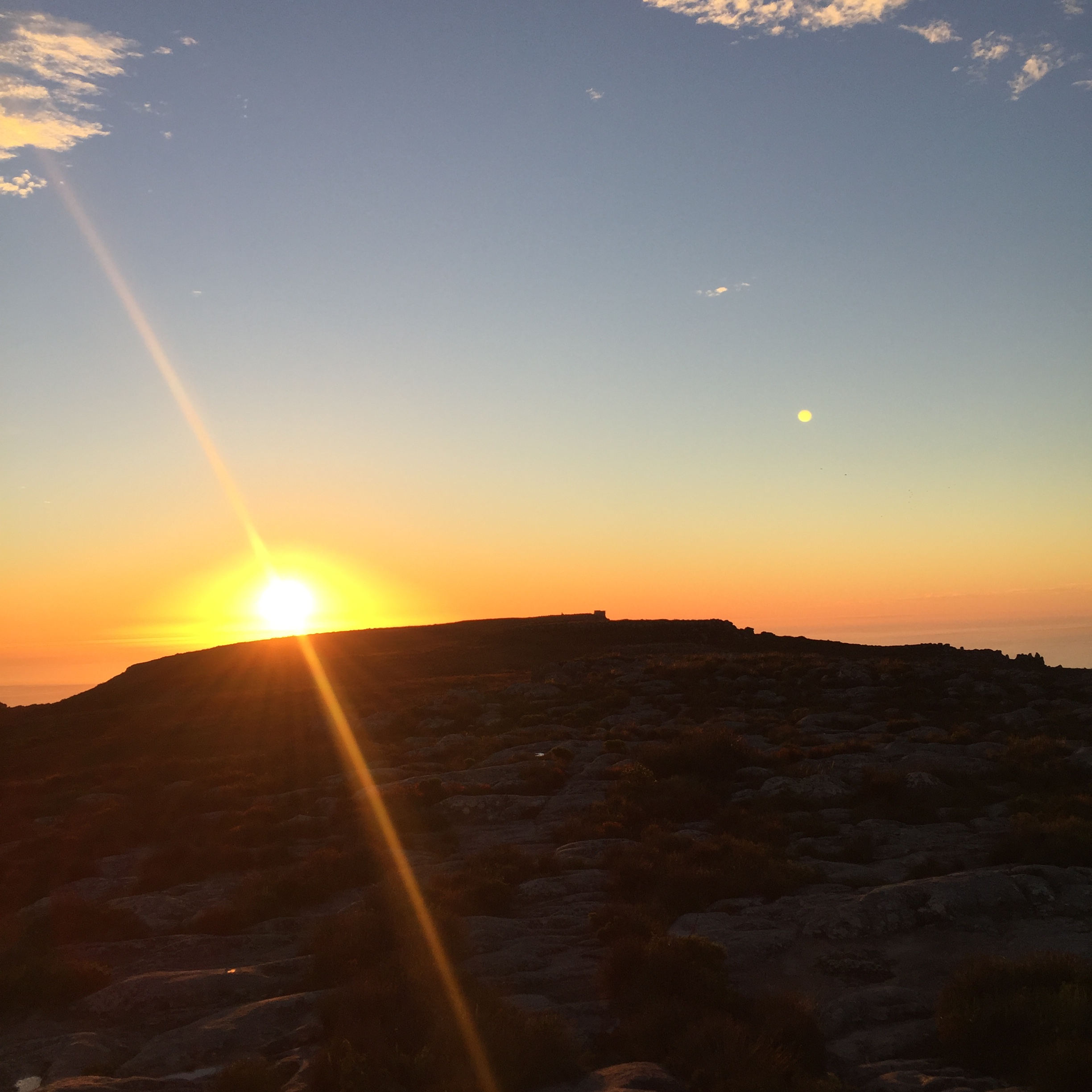
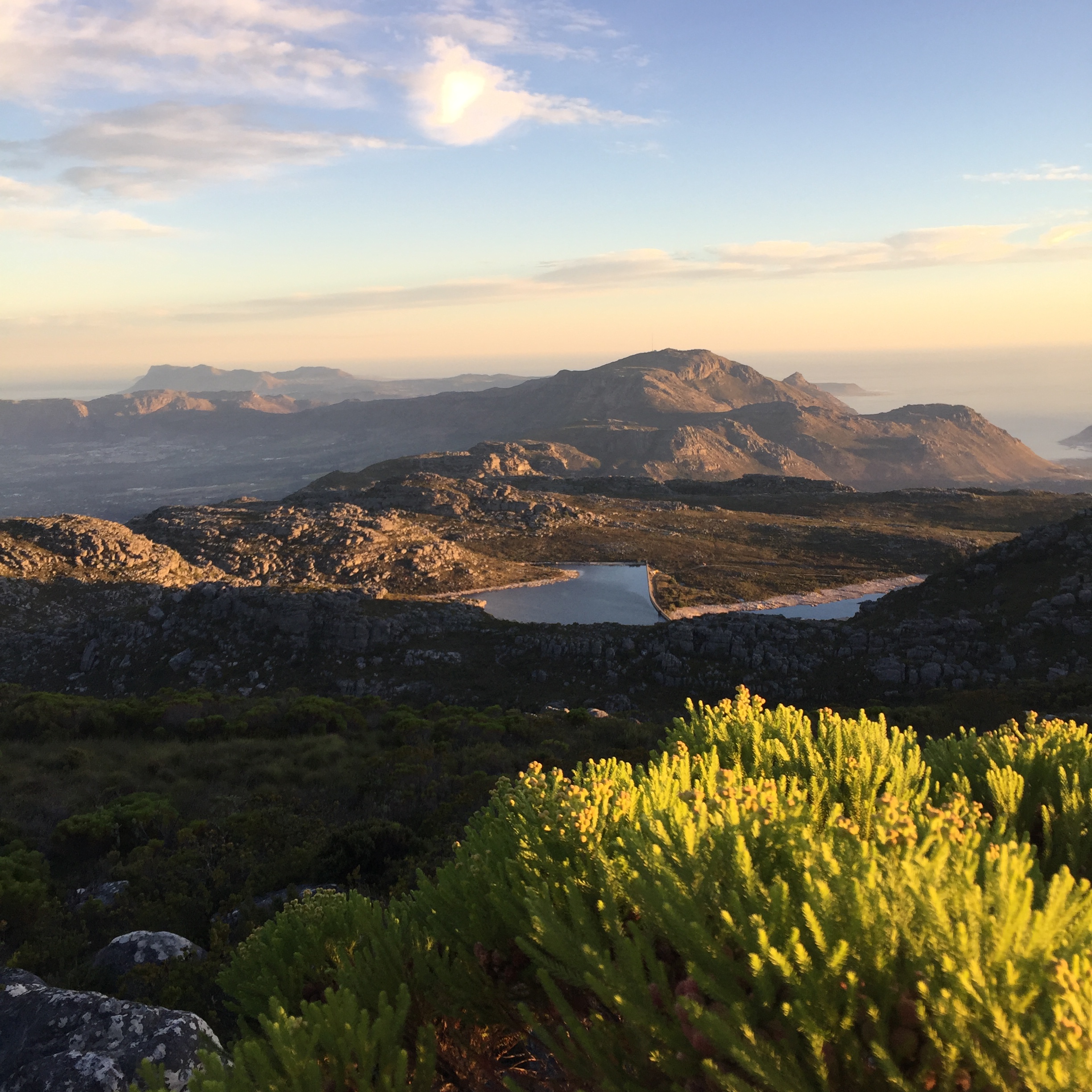



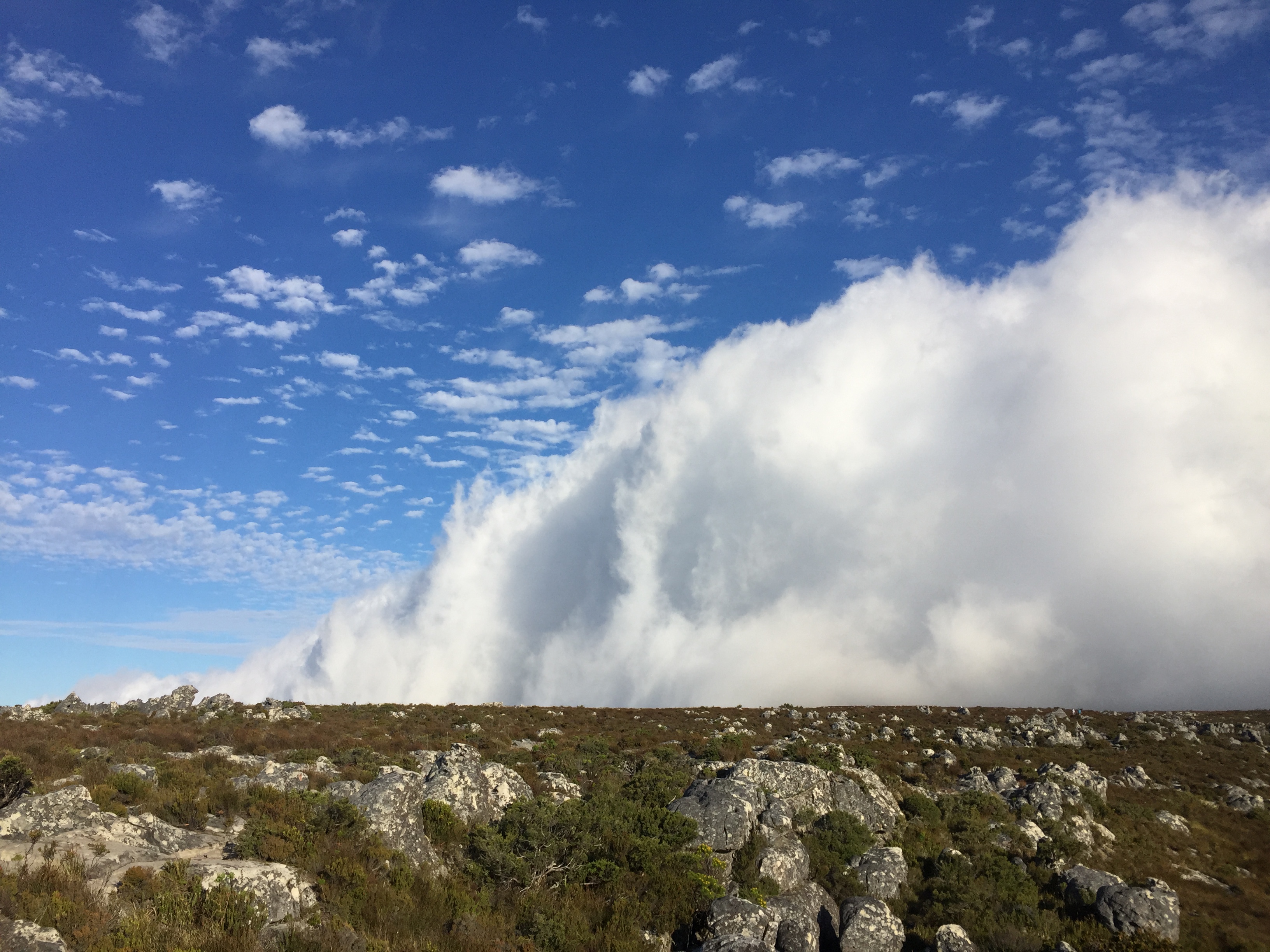
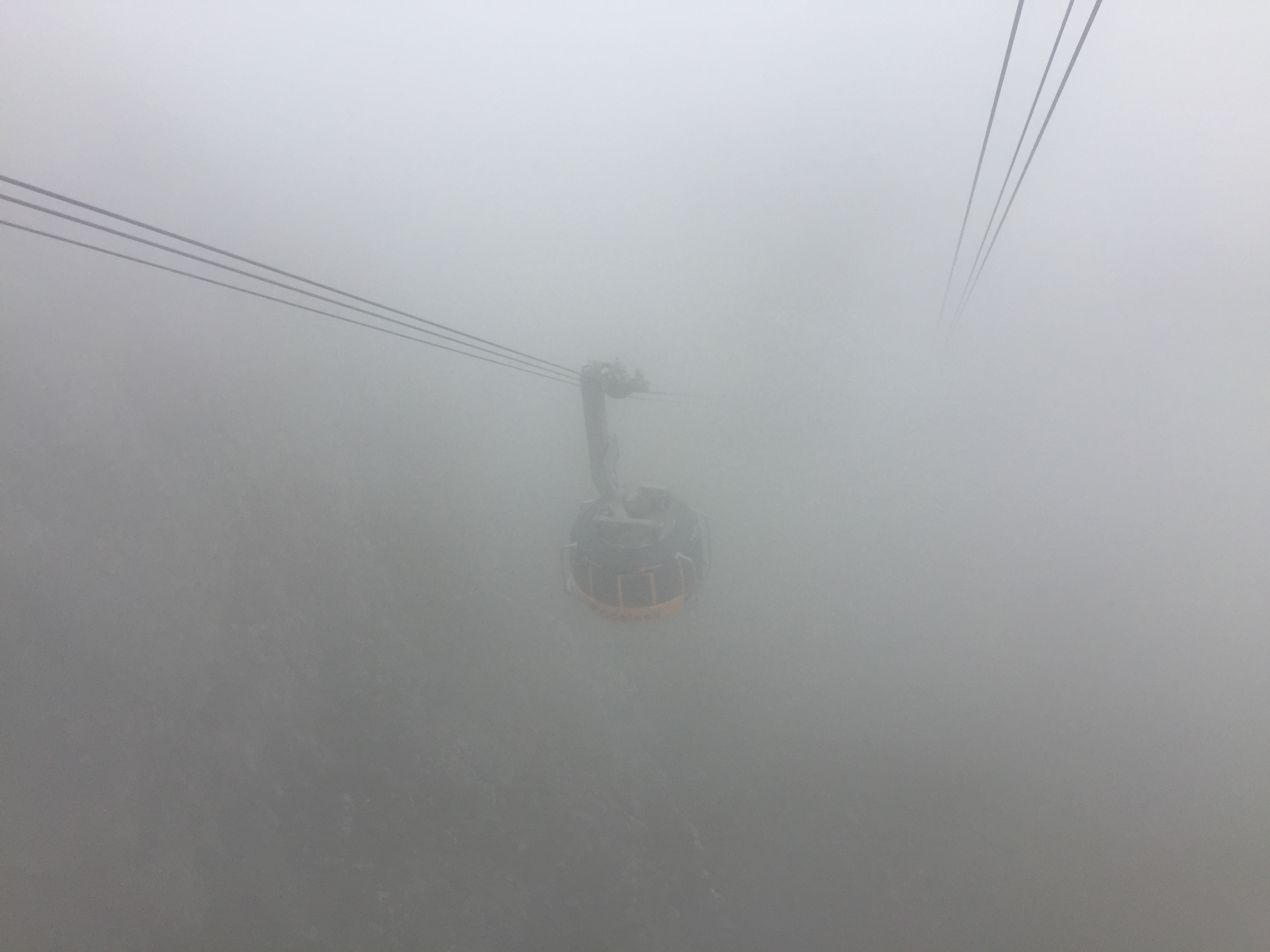

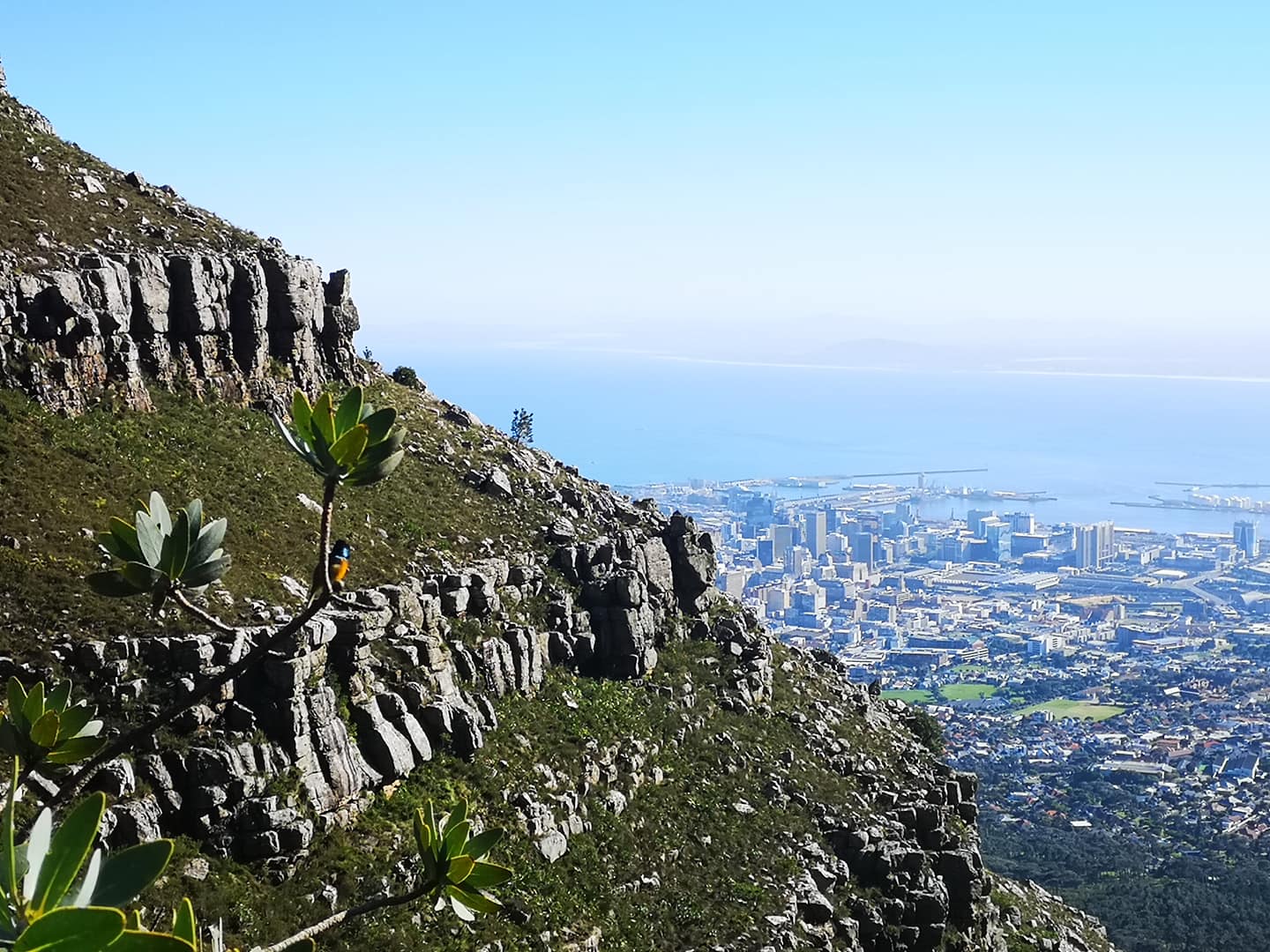




 Monday: two special men, Bulelani and Siyabonga, started a tour group called Corner2corner tours and arranged a group to climb up on our National Holiday – Heritage Day. Not just hike up though – clean the mountain too. They believe the mountain gives us so much that they wanted to give back to her. It was 30 degrees at 11am and after a bitterly cold month, a bit of a shock to the system. Everyone made it up and we walked off with three full bags of rubbish removed.
Monday: two special men, Bulelani and Siyabonga, started a tour group called Corner2corner tours and arranged a group to climb up on our National Holiday – Heritage Day. Not just hike up though – clean the mountain too. They believe the mountain gives us so much that they wanted to give back to her. It was 30 degrees at 11am and after a bitterly cold month, a bit of a shock to the system. Everyone made it up and we walked off with three full bags of rubbish removed.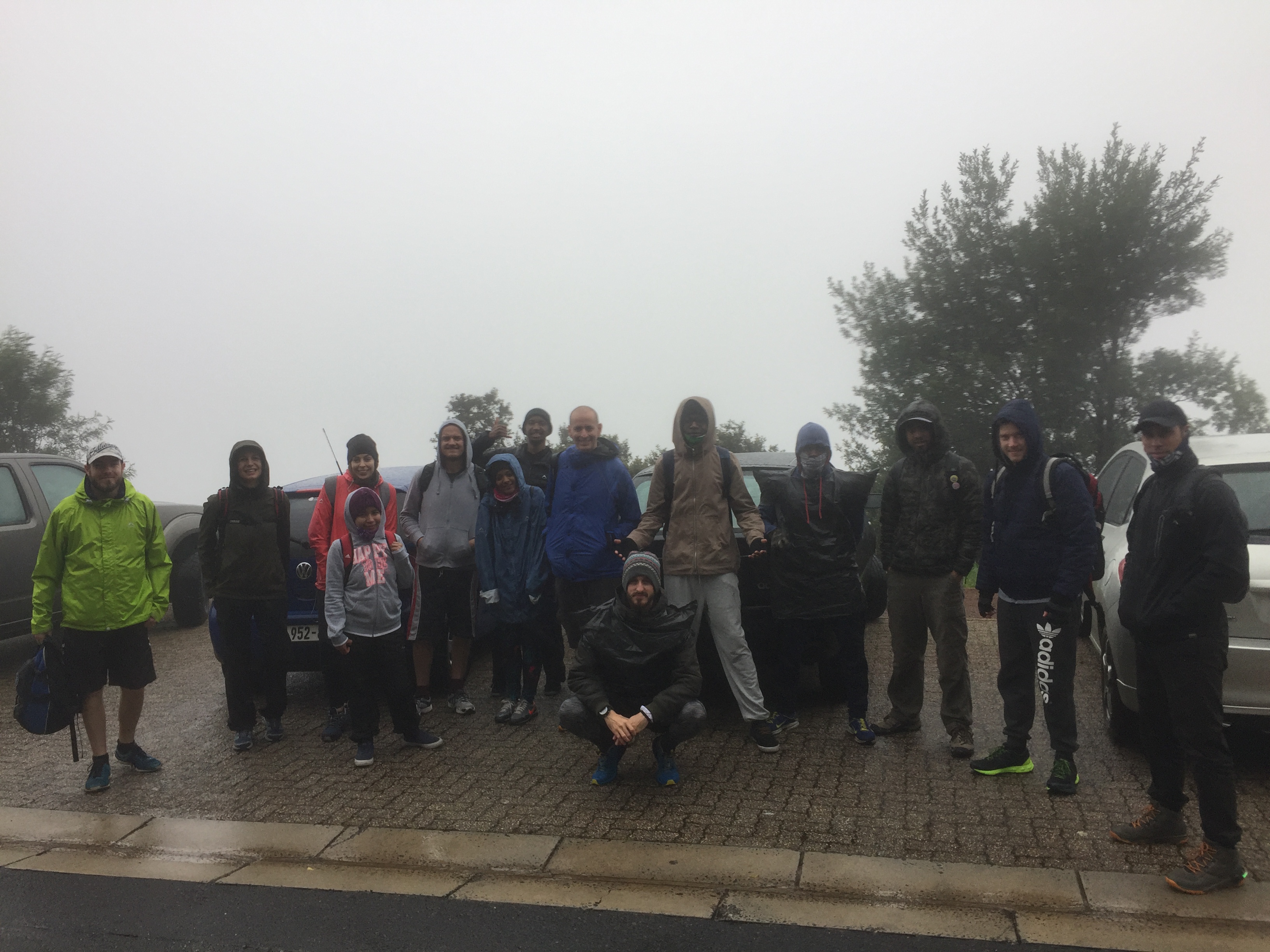 Thursday: VML, a creative agency worldwide with offices here in Cape Town, have a yearly day to volunteer with various organisations – I was lucky enough to be chosen as one of them. This day was windy, icy cold, wet and downright miserable for a tricky ascent and descent. This usually deters people, but fourteen amazing people came and challenged themselves for the benefit of others. They had wonderful smiles, never complained and helped each other get down safely. Real team spirit.
Thursday: VML, a creative agency worldwide with offices here in Cape Town, have a yearly day to volunteer with various organisations – I was lucky enough to be chosen as one of them. This day was windy, icy cold, wet and downright miserable for a tricky ascent and descent. This usually deters people, but fourteen amazing people came and challenged themselves for the benefit of others. They had wonderful smiles, never complained and helped each other get down safely. Real team spirit. Friday: I’m blessed with an amazing family and Aunty Di and Uncle John have been terrific with their support. Having seen them (they live in Durban) in February they promised they’d be back in September and would join – this was the day. After loads of rain, they were treated to the spectacle that is Table Mountain with rivers in full flow and waterfalls galore; even paths become water features. Their spirit and tenacity to get up adds to my memories of people who’ve pushed their limits; and chatting about all their holiday ‘s overseas is how I get to travel this year: vicariously.
Friday: I’m blessed with an amazing family and Aunty Di and Uncle John have been terrific with their support. Having seen them (they live in Durban) in February they promised they’d be back in September and would join – this was the day. After loads of rain, they were treated to the spectacle that is Table Mountain with rivers in full flow and waterfalls galore; even paths become water features. Their spirit and tenacity to get up adds to my memories of people who’ve pushed their limits; and chatting about all their holiday ‘s overseas is how I get to travel this year: vicariously.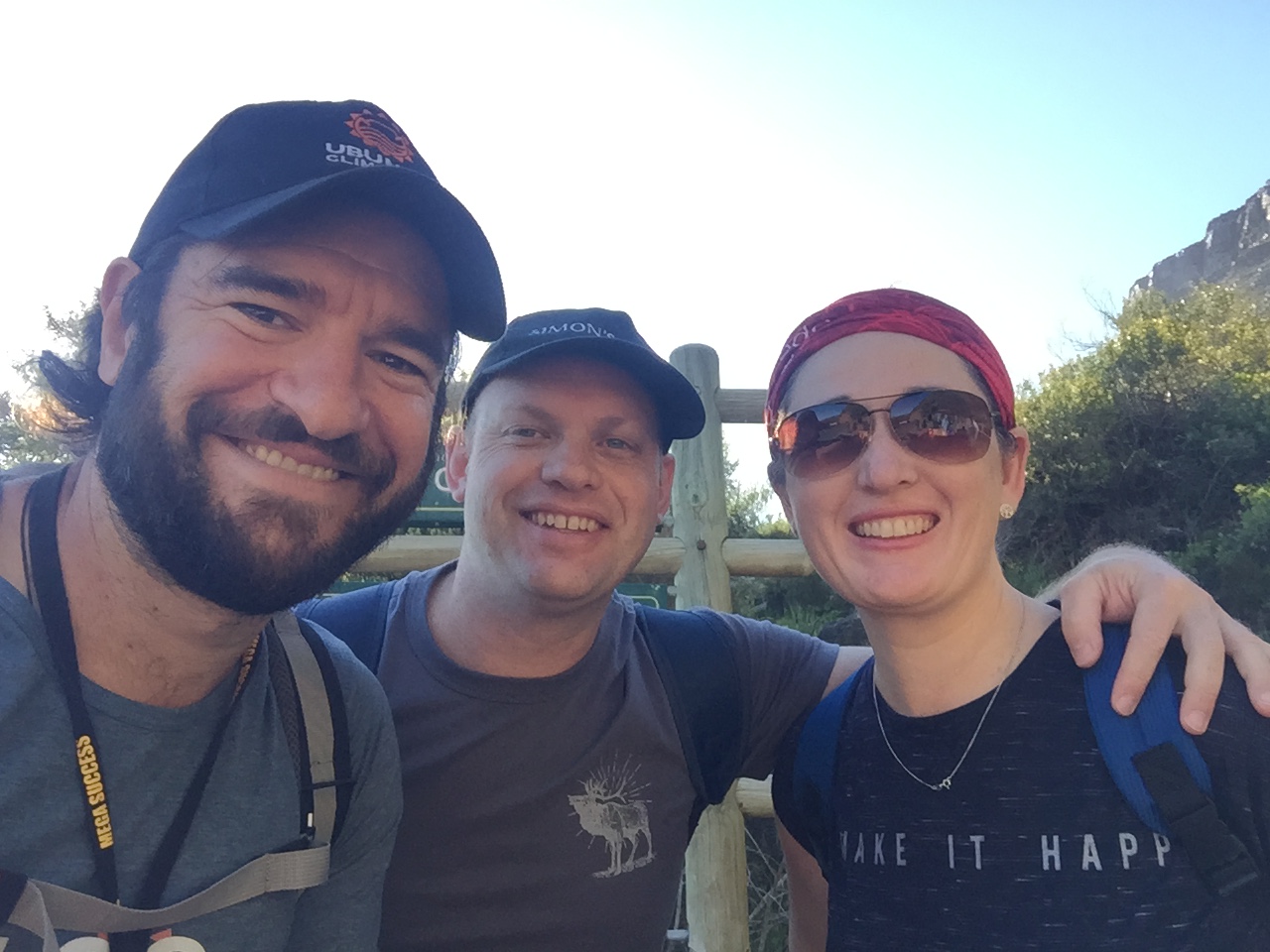 Saturday: a fellow blogger for Future Females and friend, Natalie, joined with her husband. We had a hot day again; thankfully with a breeze. My legs were taking strain, and they were happy to stop often and get pictures (picture above is hers!) much to my weary legs delight. Hard to fathom the previous 4 days were all cold and wet, and tomorrow is going to be even hotter…
Saturday: a fellow blogger for Future Females and friend, Natalie, joined with her husband. We had a hot day again; thankfully with a breeze. My legs were taking strain, and they were happy to stop often and get pictures (picture above is hers!) much to my weary legs delight. Hard to fathom the previous 4 days were all cold and wet, and tomorrow is going to be even hotter…